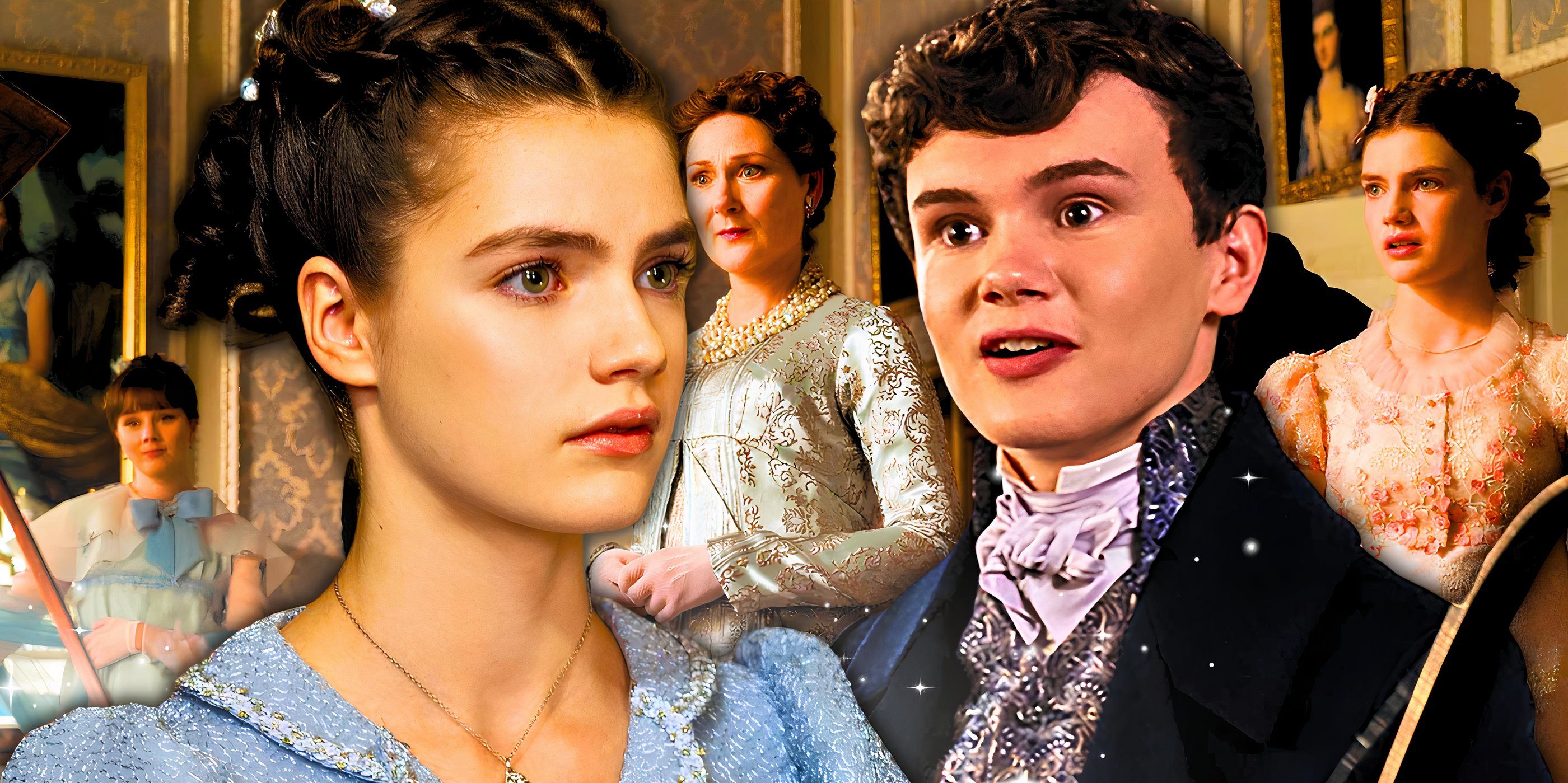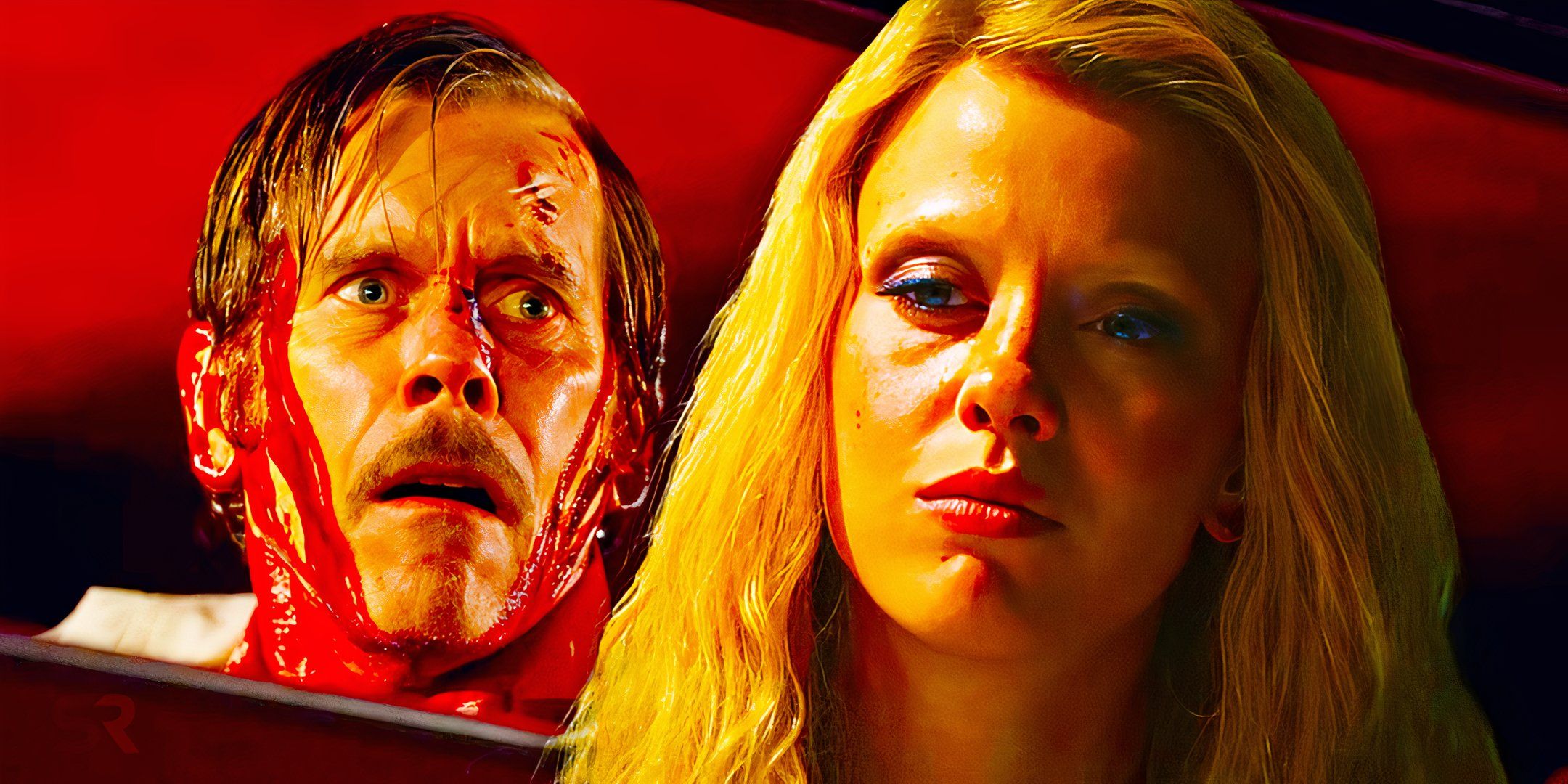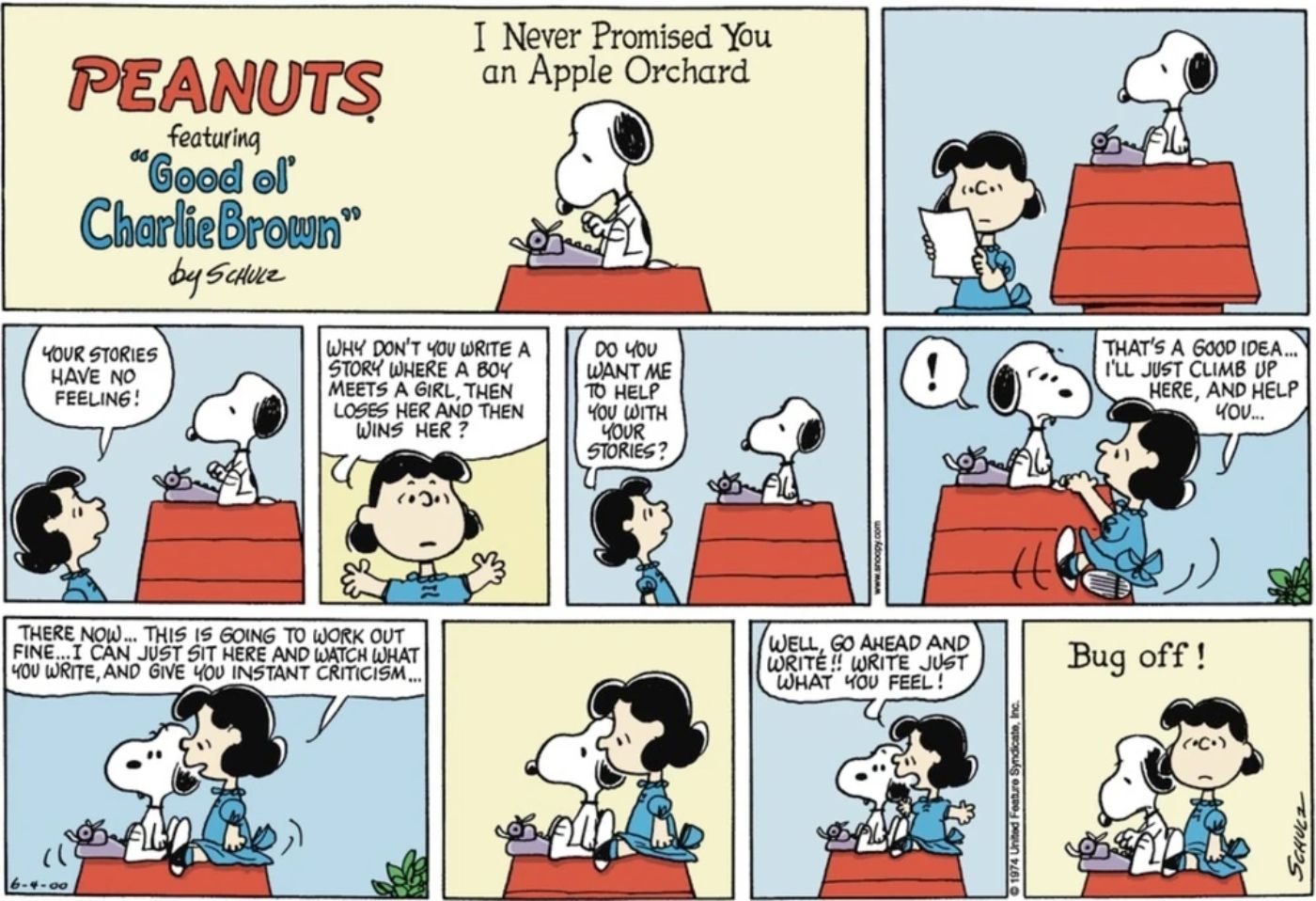Sidney Lumet’s 1957 movie adaptation of the stage play 12 Angry Men is highly regarded today. The film tackled the issues of prejudice, racism, guilt, and conflict resolution in an unprecedented way. The concept of an entire movie taking place in a single room for the duration of one hour and thirty-six minutes resulted in a stellar project.
Decades later, the movie is used in classrooms across the world to teach students about techniques of negotiation. It forces viewers to contemplate their own prejudice based on how much they identify with the characters and it’s an overall unique viewing experience. Today, we look back several years and bring you ten things you never knew about 12 Angry Men.
Camera Positioning
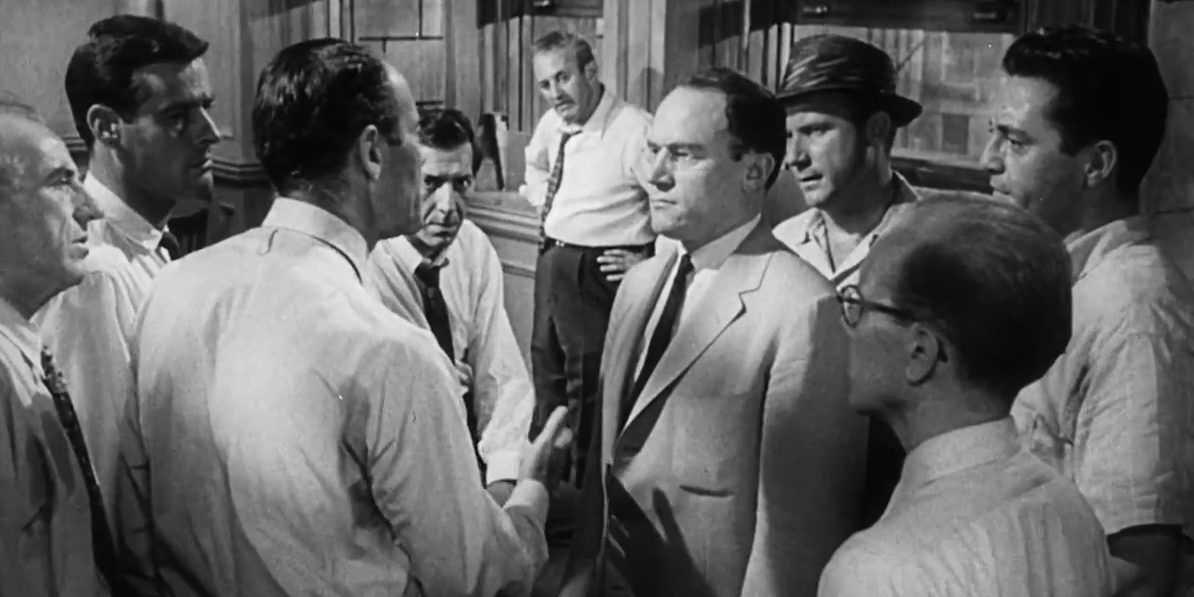
The increasing levels of discomfort felt by the members of the jury is almost palpable. In order to achieve this feeling of suffocation, the beginning of the film was shot with cameras positioned above eye-level, giving out the perception of a greater distance between the characters.
But as the movie went on, the cameras were positioned below eye level, thus providing a sense of tightness and claustrophobia caused by so many hours inside a tiny, hot room, with a lot of tension looming.
Bad Performance…
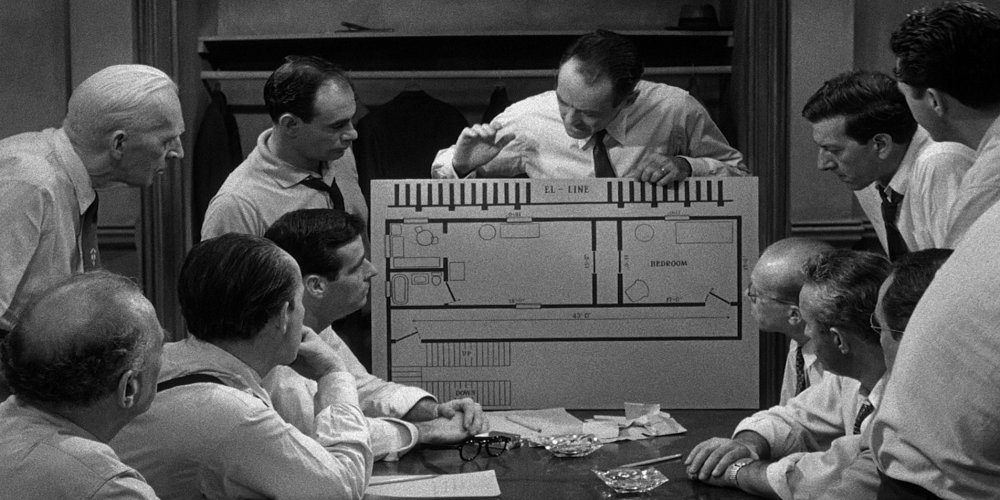
Surprisingly enough, 12 Angry Men failed to turn any sort of profit at the time of its release. Henry Fonda, a big star at the time and the man who played the part of juror #8, was very disappointed with the studio’s distribution strategy.
He felt like the executives failed and didn’t give the movie a fair chance to reach audiences and make money. In spite of this, Fonda named this film as one of the best of his career, and called it “magnificent”.
…But Amazing Reviews
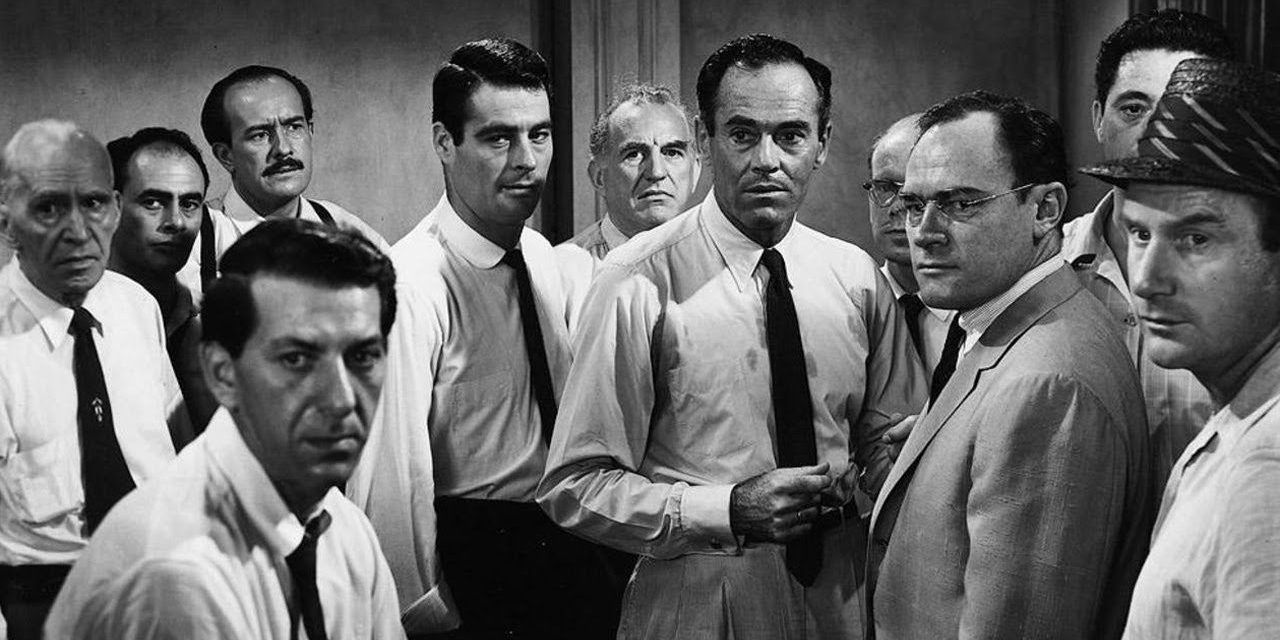
Although the movie didn’t perform well at the box office, it still remains one of the most successful movies of all time from critics and audience point of view.
As of the writing of this article, 12 Angry Men ranks number 5 on IMDb’s list of Top Rated Movies, with a rating of 8.9 out of 10 and a 100% rating on Rotten Tomatoes based of 50 critic reviews.
Real Feel
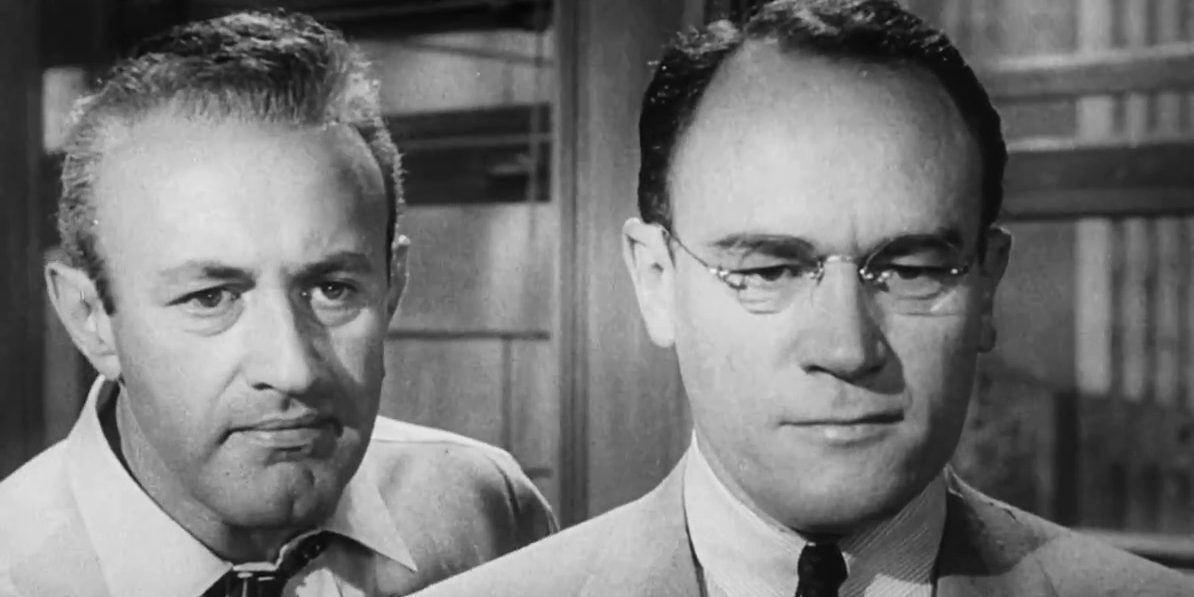
The rehearsal process for the movie was excruciating for the actors. Director Sidney Lumet forced the actors to stay in the same room for several hours on end and to recite their lines time and time again without ever actually filming.
This was done in order to give the actors a real feel of what it would feel like for the same group of men to stay closed off from the world together in a hot room – as you can imagine, it’s far from pleasant.
Deliberately Out
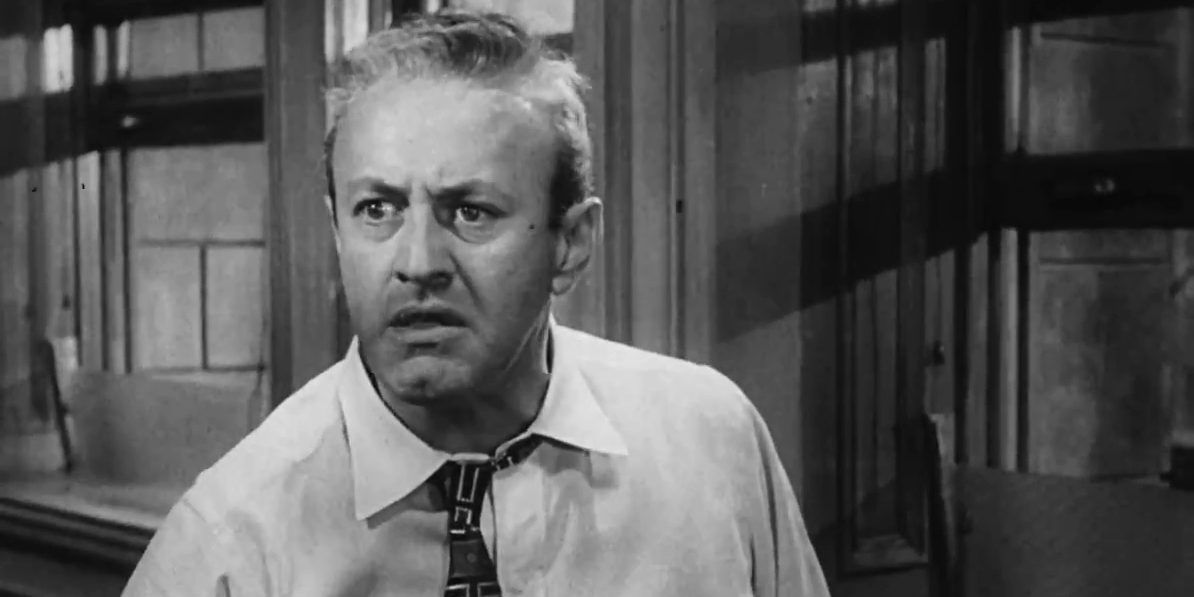
The ethnicity of the defendant is never mentioned out loud, so the members of the audience never know exactly what the background of the teenager under trial is.
This was done deliberately because the only thing the director found important for the audience to know was that he wasn’t of Northern European descent and that the jurors’ prejudice and racism would play a big part in the deliberation process.
No Payment Needed
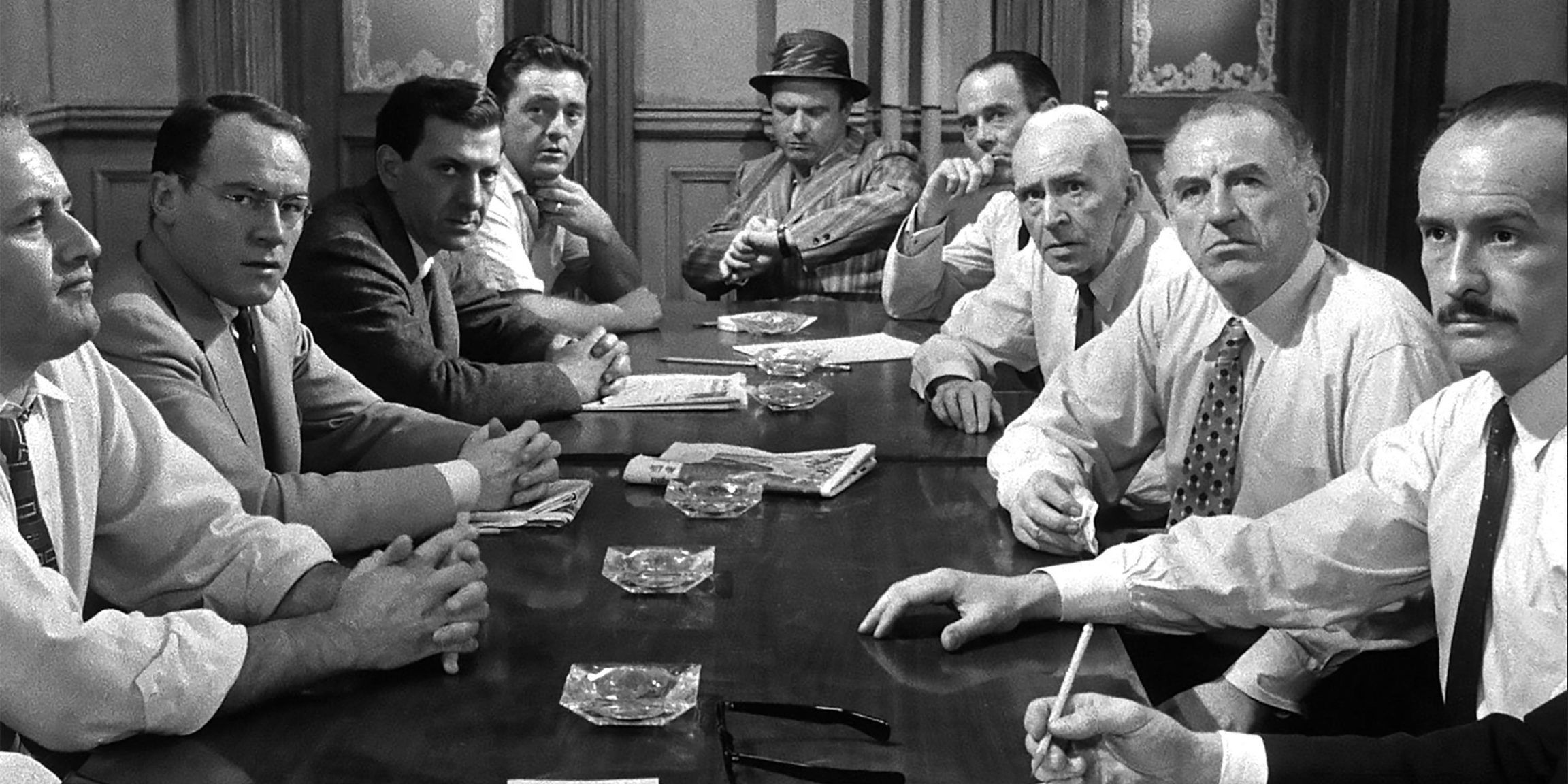
Due to the fact that the movie failed to turn a profit, Henry Fonda never received his salary. Reportedly, he didn’t mind this, and genuinely loved being a part of the movie. Fonda wasn’t the only one who deffered payment – Reginald Rose, the writer, did the same.
Filmed Separately
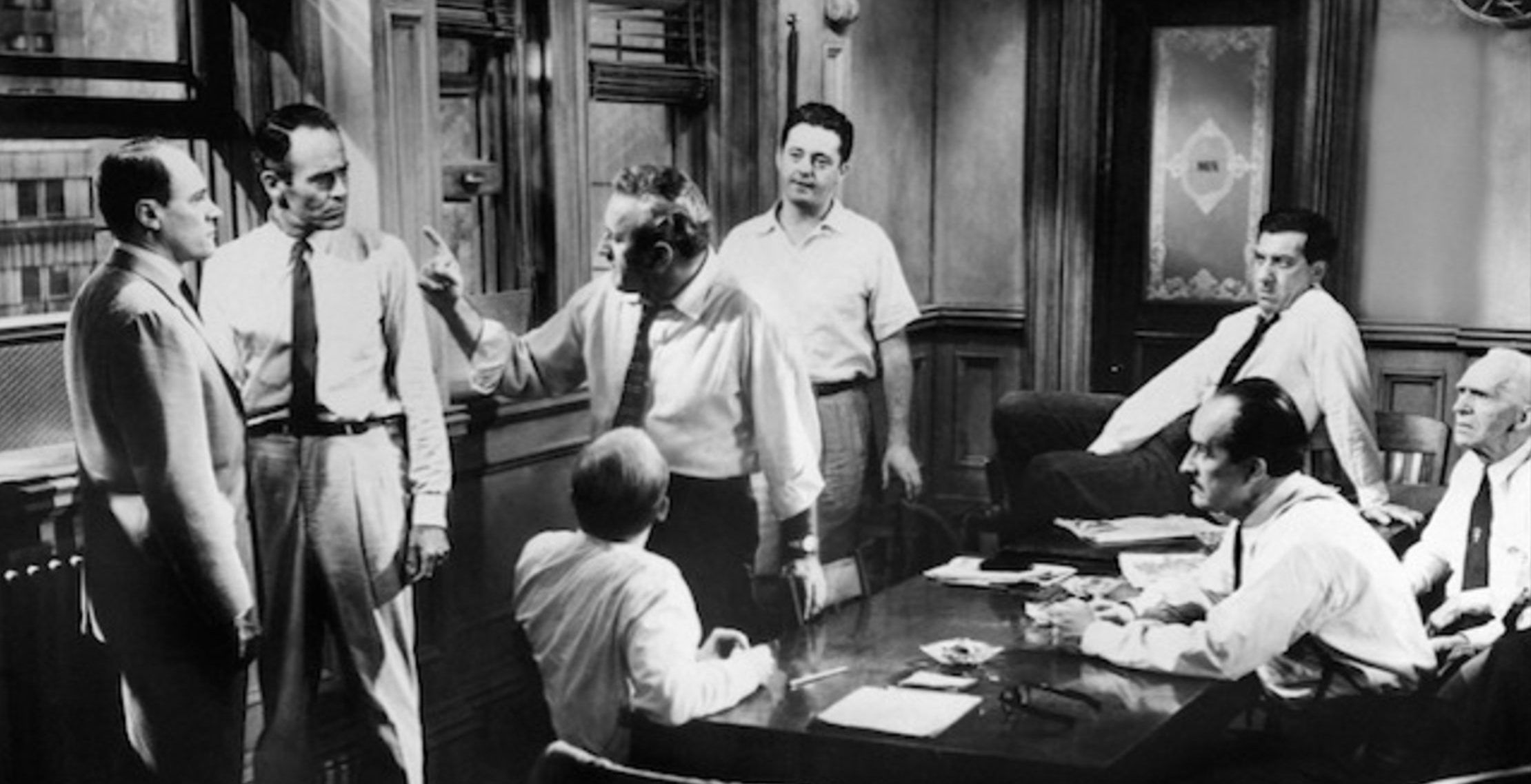
Watching the movie, one could almost say that it was filmed in chronological order, since the shooting style and the incredible performances of the actors give off that exact vibe.
However, most shots of 12 Angry Men were actually shot separately and back and forth, without respecting any order whatsoever. There were over 300 separate takes and many of the shots were filmed by the actors alone, and later edited together.
What’s In A Name?
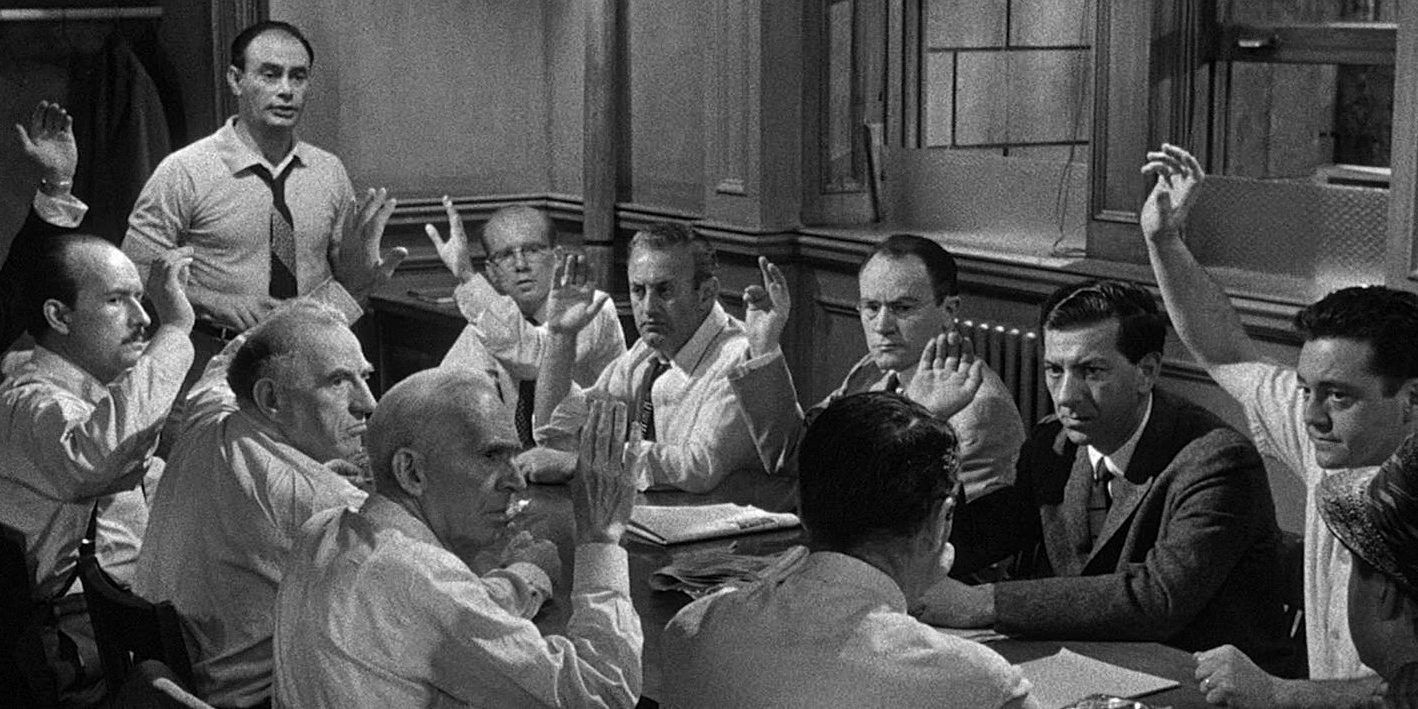
Considering that the twelve members of the jury are the main characters of the movie, it would be expected for them to have a name. This is not the case in 12 Angry Men, as only two members are ever given a name, juror #8, named Mr. Davis, and juror #9, named Mr. McCardle.
The remaining members of the jury are recognized by profession, such as juror #2, called “Bank Teller”, and juror #10, called “Garage Owner”.
No Justification
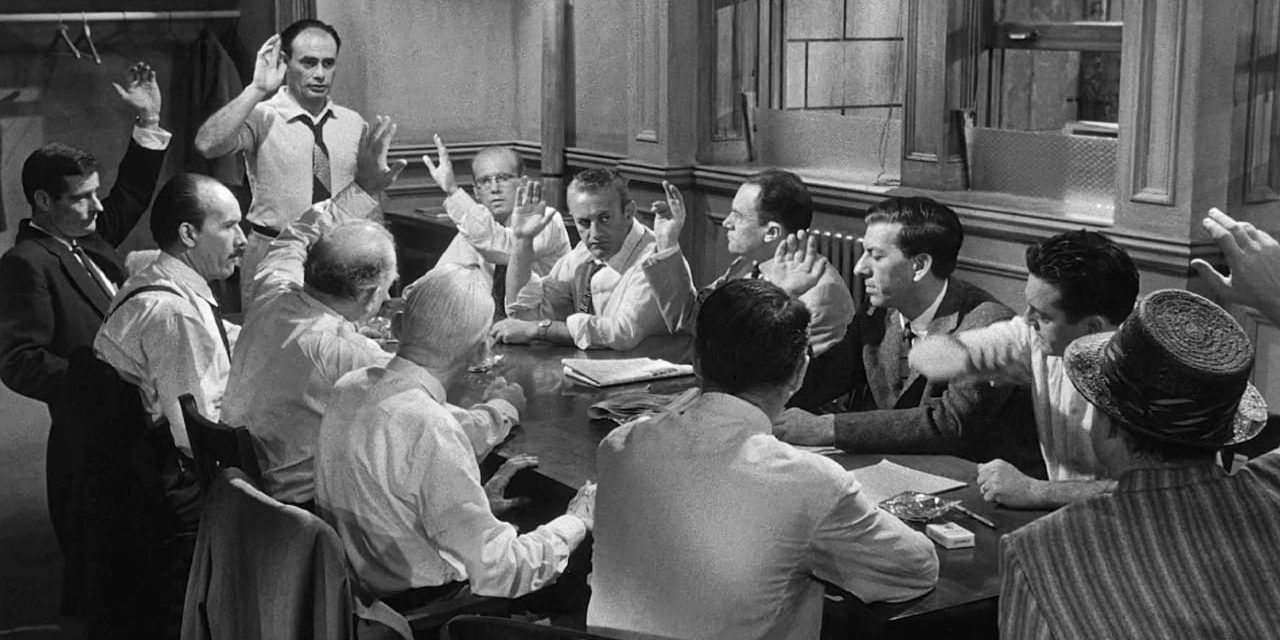
The movie relies heavily on the verdicts that each member of the jury gives throughout the movie and, most importantly, the justification on why they find the defendant guilty or not guilty.
Curiously enough, juror #1, is the only member of the jury that never justifies why he finds the defendant guilty at first, and later, not guilty.
Not Exactly Right
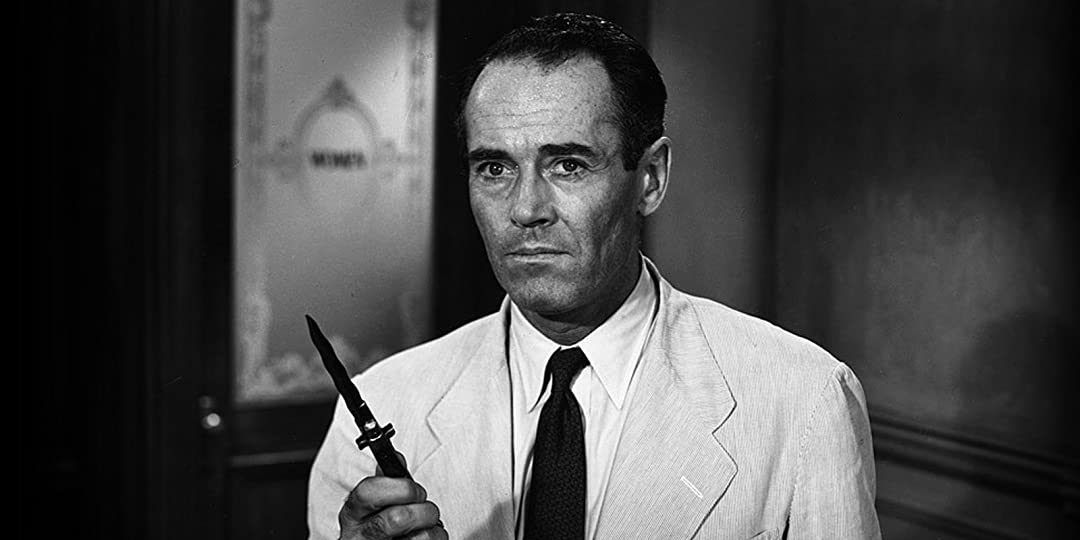
Even though it is Henry Fonda’s character that plays a very big part in ultimately changing the verdict and setting the plot in motion, many of the things he did as juror #8 should not be done by a member of a jury.
Actions such as visiting the crime scene, buying a similar weapon, and speculating through and through are not the way to go about it. Members of a jury must base their decision only on the facts presented by defense and prosecution, and not on their own findings and speculations.
